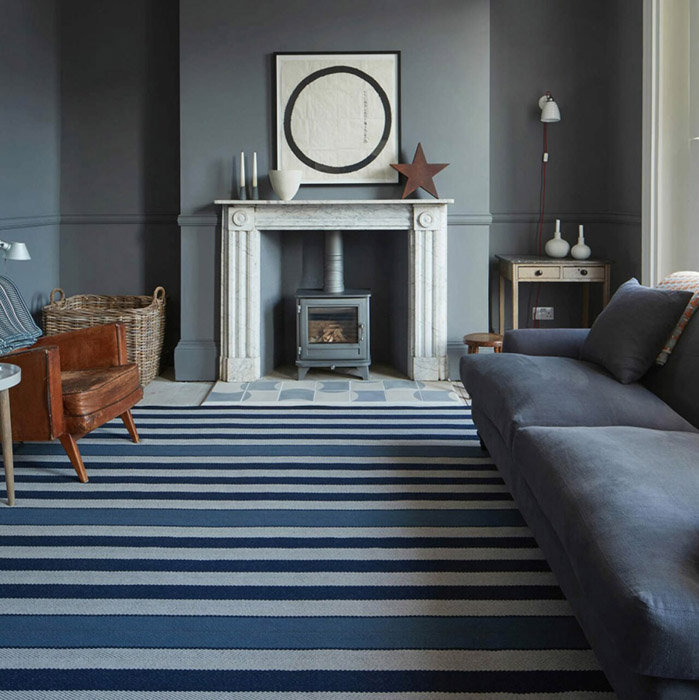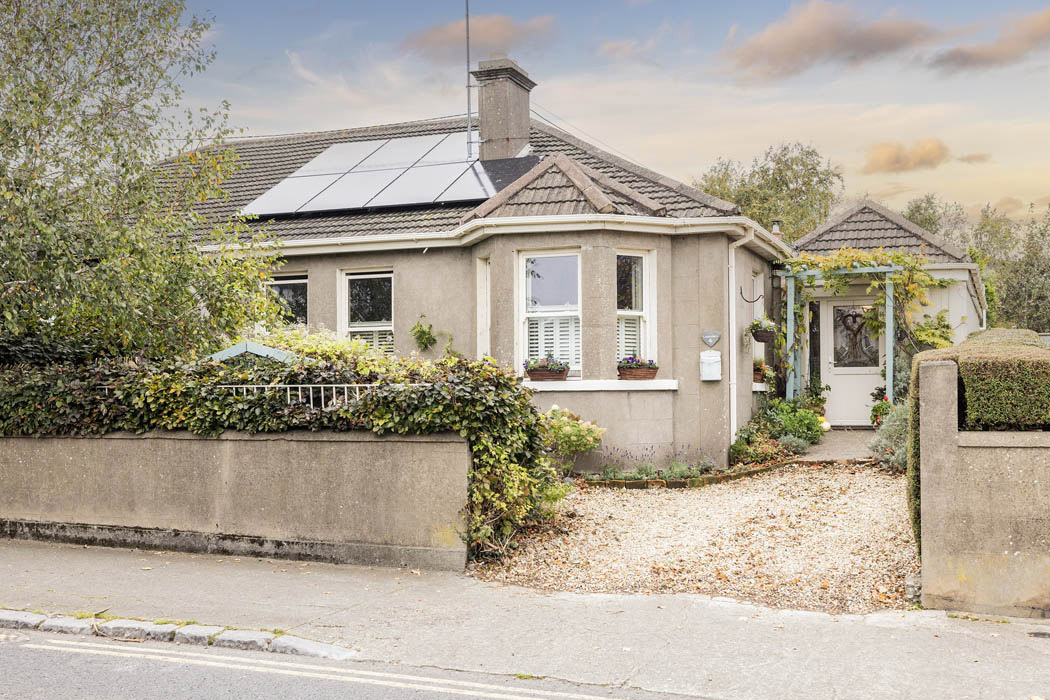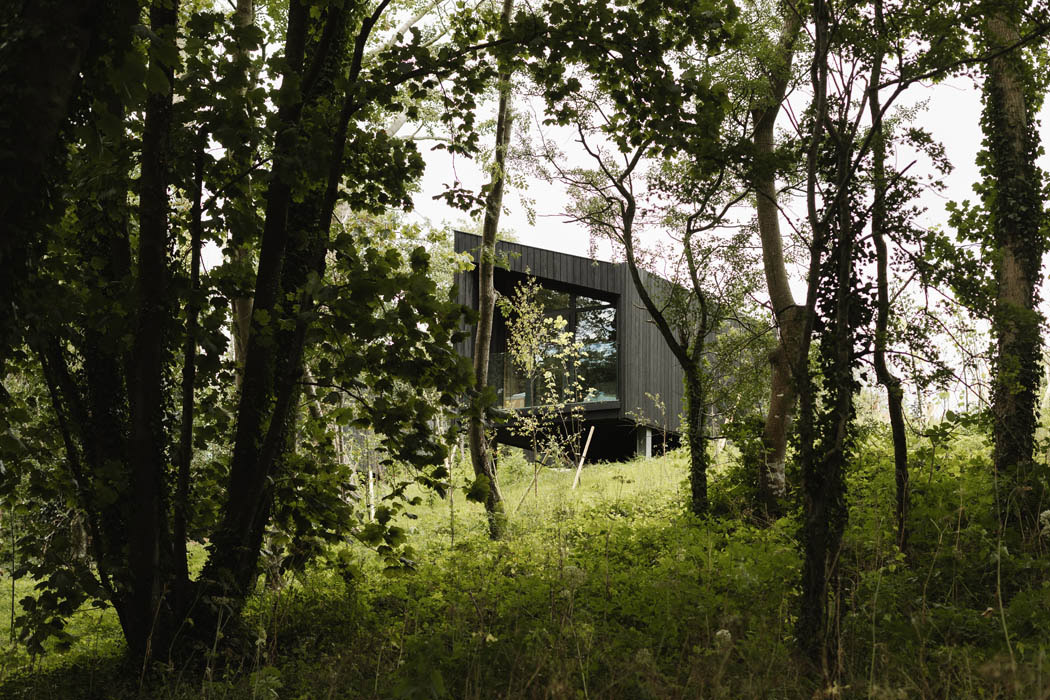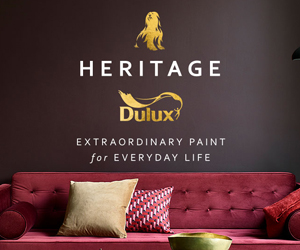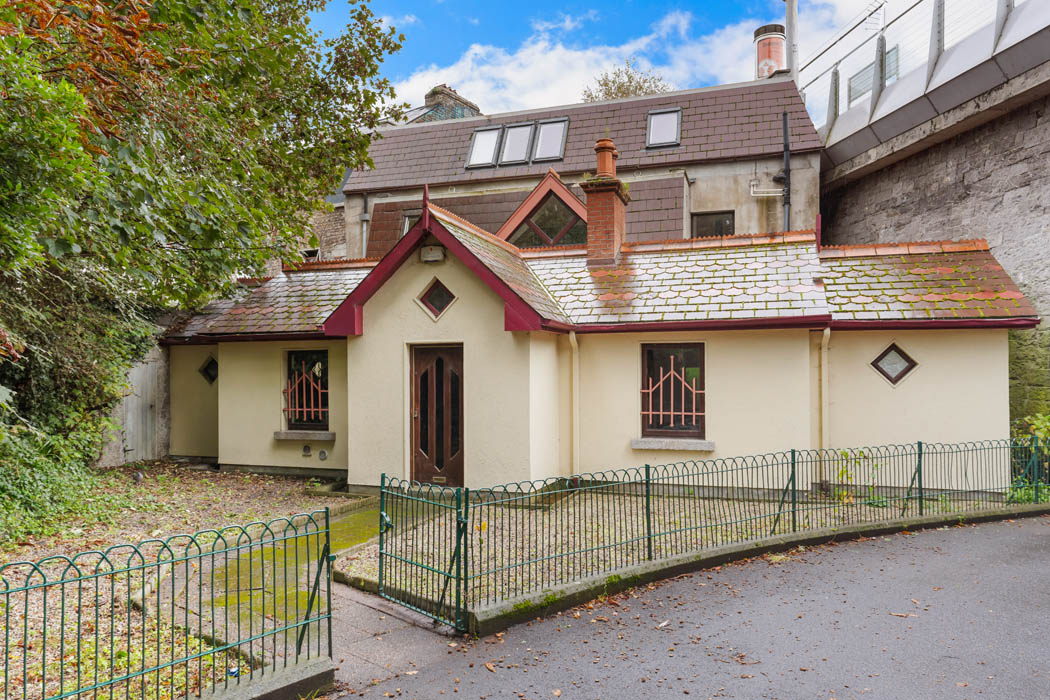Wall-to-wall carpet, a 1970s status symbol, is being rolled out in lounges, dining rooms, dens, bedrooms, and whisper it, even the occasional bathroom.
Quiet luxury is as evident in interiors as it is in fashion.
In the home, it is furniture and fabrics that feel good to touch, and unseen engineering, such as underfloor heating, heat pump technologies, and sensor-lighting that comes on automatically.
Underfoot, fitted carpet is being rolled out across the most arresting of homes.
Fashion’s pendulum has moved away from decades of timber floorboard supremacy towards something that has a more sensual feel.
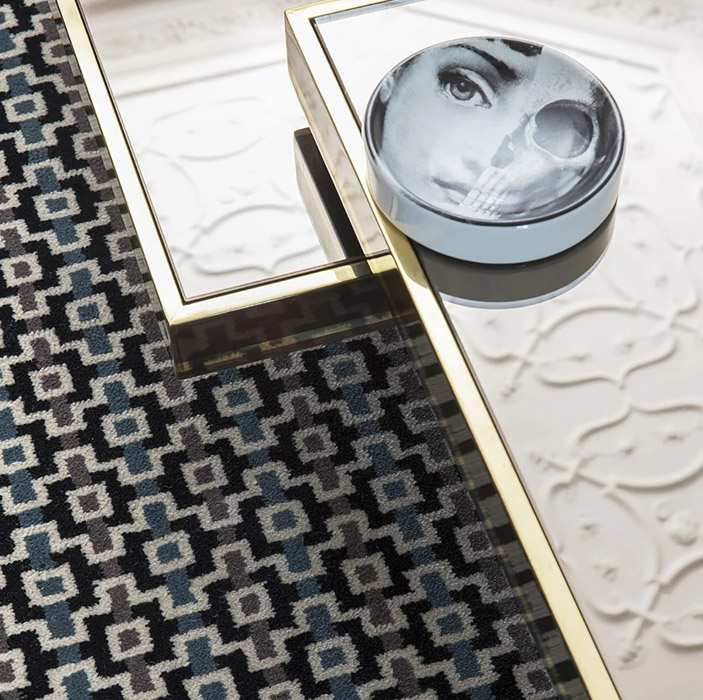
I’ve never stopped using them, says interior designer Collette Ward. “They deliver a very finished look that is instant.”
She believes flooring is an investment that you should spend as much as you can on. It can be one of the most disruptive of decorative changes to make in the home, so spend once and well.
Of the options available, carpet is the least disruptive. In contrast, floorboards are difficult to do well, especially if on a budget.
Another factor is how it damps down sound. “Acoustically, it makes a big difference to how a room feels, softening sound and by this creating a more relaxed atmosphere. It also insulates,” she says.
RTE Home of the Year judge Siobhan Lam, creative director at April and the Bear, agrees.
“As the colder months set in, homeowners are craving comfort - that soft, enveloping feel that only carpet can bring. Wall-to-wall carpet is back, but this time it’s more sophisticated: rich colours, interesting textures, and a sense of quiet luxury that tiles or floorboards just can’t match.”
Ward tends to avoid plain or deep pile types, the kind that have been on trend for the last while. While they may feel fabulous when first installed, they can flatten over time.
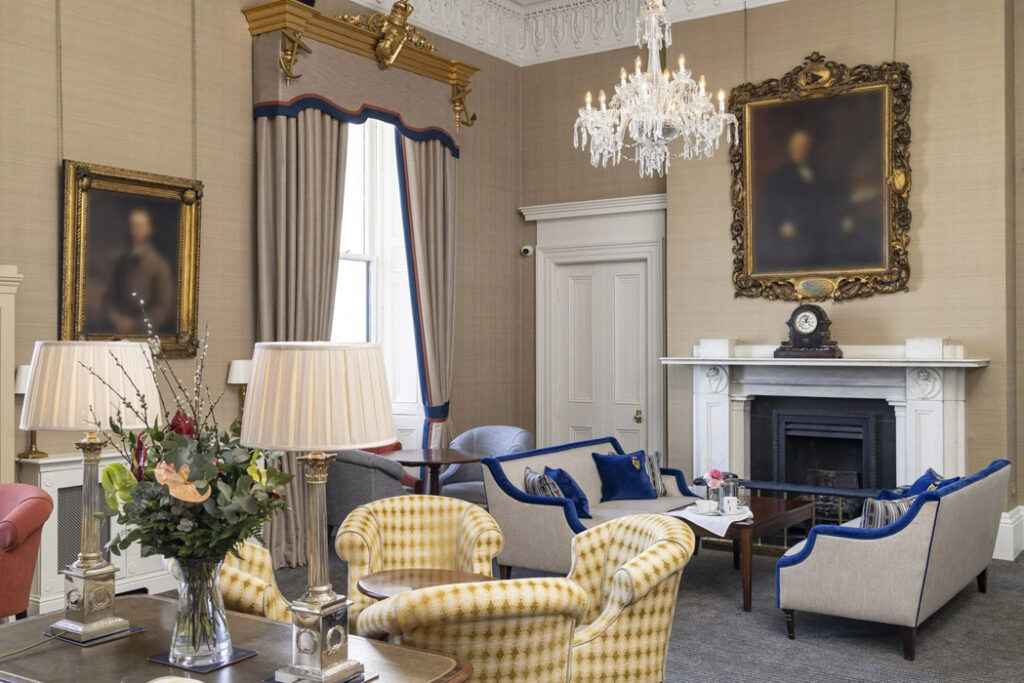
“You need texture and tone in the threads,” she says. She favours a boule or a rib look, so it resembles a flat weave.
A recent project for The Royal Irish Yacht Club in Dun Laoghaire featured a very discreet pattern that was custom-made by AW Carpets. From a distance, it looks like a grey carpet, but upon closer inspection, it has a very discreet herringbone pattern
After years of floorboards and rugs, she’s just covered her own bedroom floor. It gives a more connected, cohesive look.
Patterns can be quite versatile, but can be difficult to do on stairs and a landing, especially stripes.
In these instances, she plumps for either a plain colour on the landing, bringing in pattern in the bedrooms, or commissions one with a plain border to help knit the spaces together.
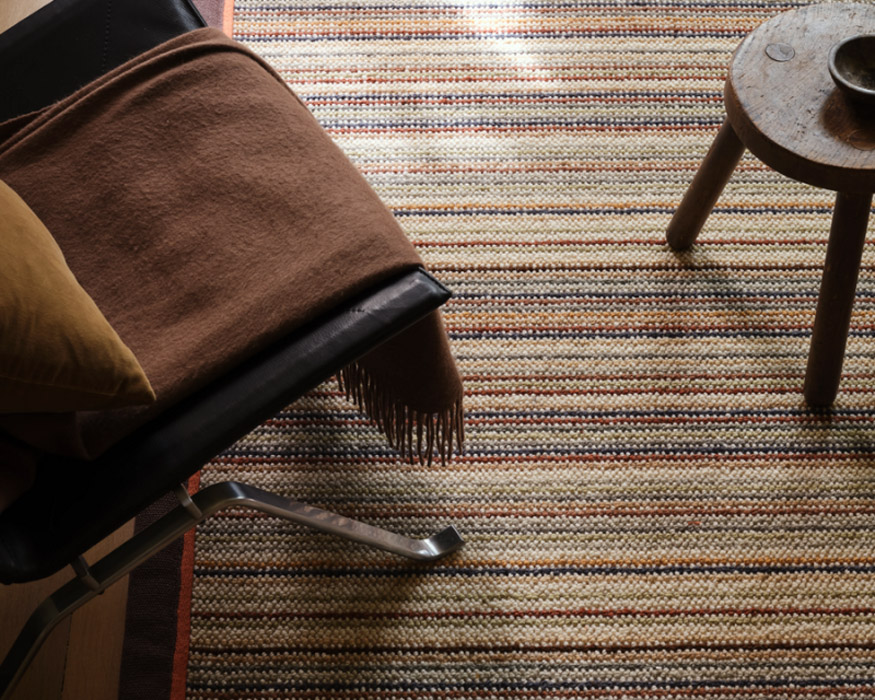
For a TV room or a study, she suggests Aurora by Crucial Trading, above, a series of subtle stripes. She’s currently using it in a house in the west and sources it from Martsworth Flooring in Ashford, Co. Wicklow. It is also available through Matt Britton.
She also loves Roger Oates Design, as seen in the lead image, but notes that some stripes can be challenging to use in period homes where rooms have alcoves, fireplace hearths, and walls that are not necessarily straight.
Margo Selby’s range for Alternative Flooring includes Shuttle Silas, a graphic motif that she likes to use on stairs. “What is interesting is that when you look at a small swatch in a carpet shop, it can look too noisy, but when it is installed, the print spreads out.” Instead, it dissipates.
The quality of the underlay is what gives you the luxurious feel, the pros agree. Ward recommends it is nine to 10 mm deep and specifies a particular one to use with underfloor heating.
And while the idea of something soft underfoot in a bathroom in winter is welcome, professionals say clients are still a little slow to consider it.


